
Image credit: Daniel
If you’re keen on hiking near Tokyo, you’re in luck! Thanks to Japan’s efficient public transportation, it is convenient to incorporate travel to some of the best hiking experiences the Land of the Rising Sun can offer. So, check out these adventurous hiking trails with varying levels of difficulty that you can attempt the next time you head to Tokyo!
1. Mount Tsukuba (Difficulty level: Easy)
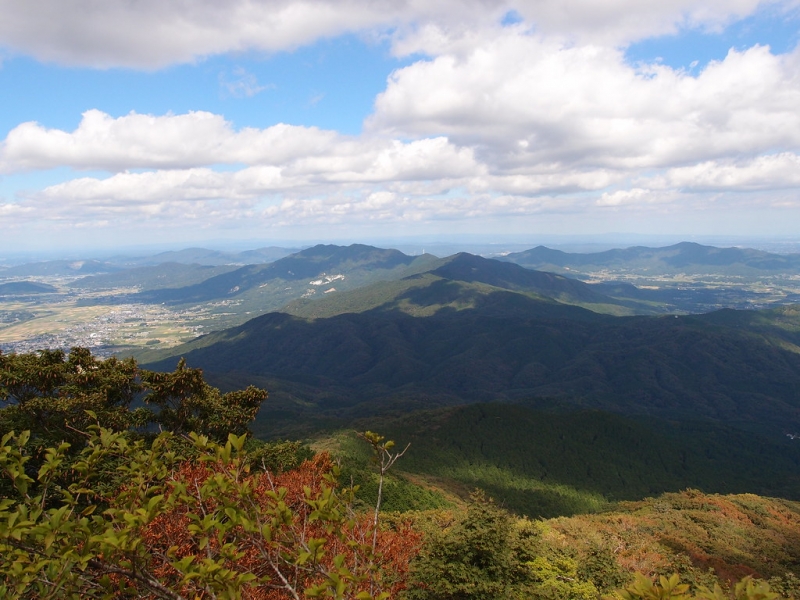
Image credit: Guilhem Vellut
Standing at only 877 metres tall, Mt Tsukuba is one of the most popular hiking spots near Tokyo, with a relatively easy route which brings you to an amazing view of the Kanto plains. It is identified by its iconic double peaks – Mt. Nantai and Mt. Nyotai. Well-endowed with a range of scenic hiking trails, it is no wonder why it is labelled as one of the top mountains in Japan suitable for hiking all year round.
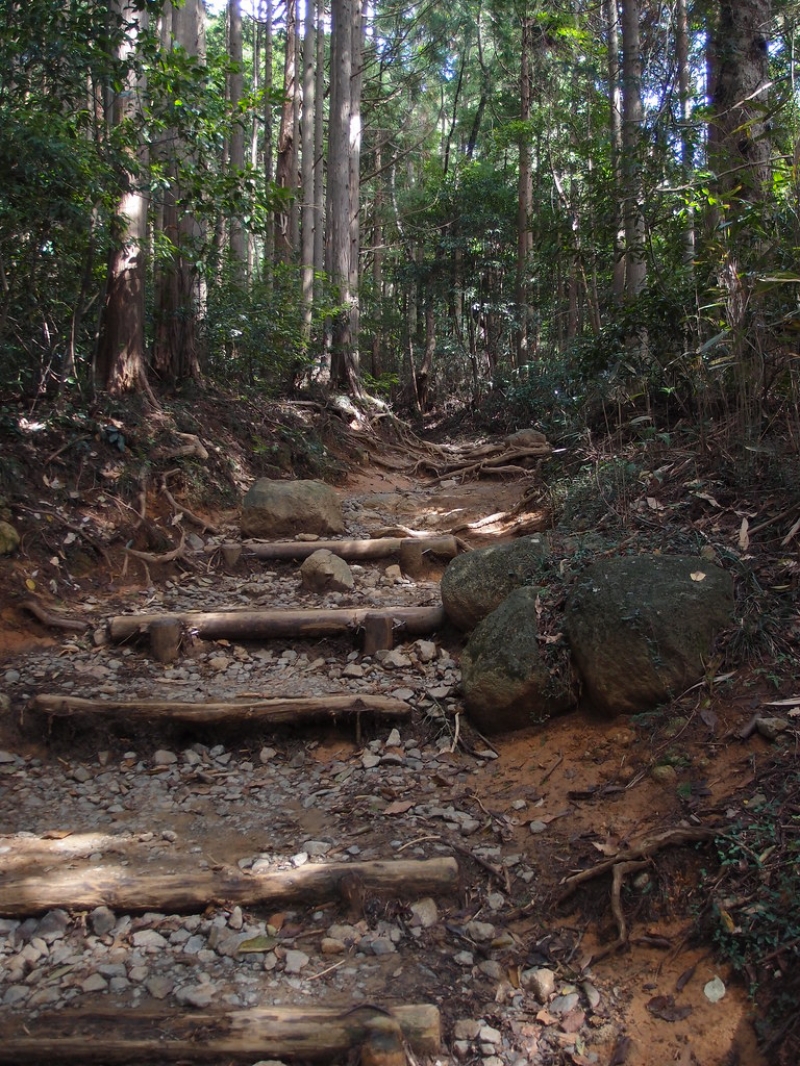
Image credit: Guilhem Vellut
The climb up Mt Tsukuba is manageable, with a few options you can choose from. Its trails are perfect for people who are looking for a leisure hike as you only have to spend about seven hours to complete the whole trail. Besides the picturesque view, there are also a few restaurants, gift shops, and a “lucky” rock formation at the mountain summit.
Due to the steepness of the mountain, it is common for people to use the ropeway to descend after reaching the top of the mountain. Enjoy the views as you head down as a reward for your hard work!
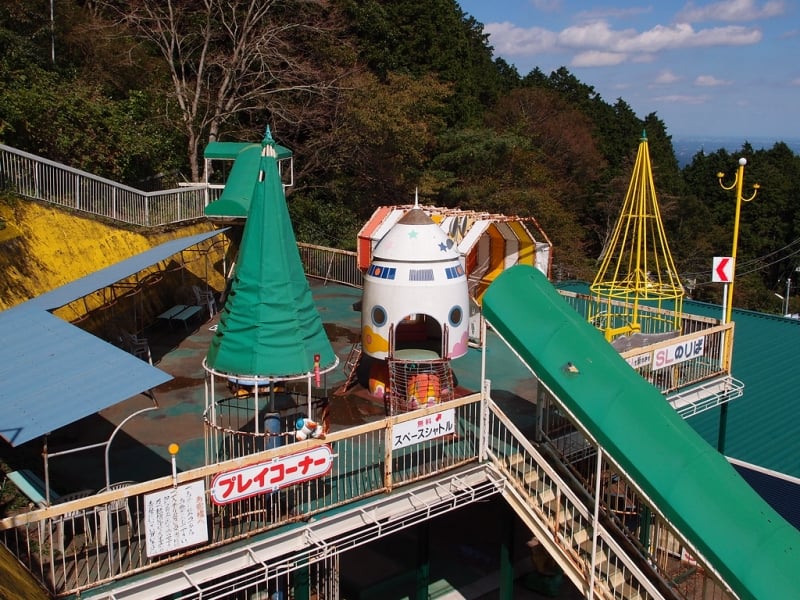
Image credit: Guilhem Vellut
On your way up, you can look out for this abandoned amusement park which may or may not give you the creeps.
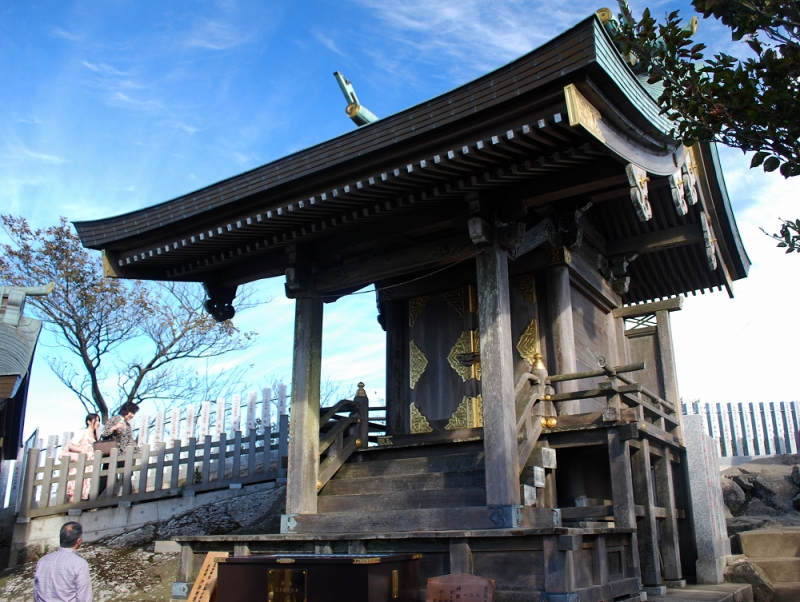
Image credit: Polimerek
At the top of Mt Tsukuba, you’ll find a match-making shrine which reflects the twin peaks of Tsukuba. However, you will also realise that it is often humid and there are many mosquitoes around. Hence, do remember to bring along a small towel and mosquito repellent to have a more comfortable hiking experience.
How to get to Mt Tsukuba:
Nearest station: Tsukuba Station (via the Tsukuba Express)
From Tsukuba Station: Buses from the station will take you to the two points of the mountain (buses leave hourly). A one-way (about an hour) trip to or fro will cost you 700 yen.
2. Mount Takao (Difficulty level: Easy)
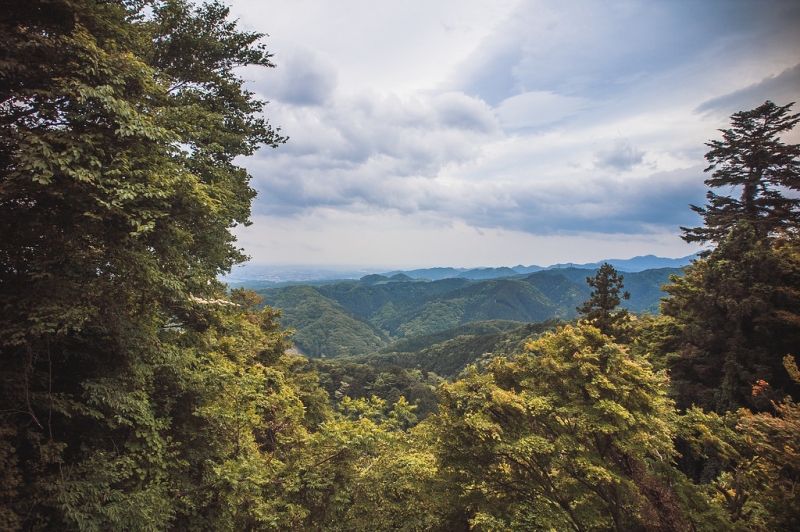
Image credit: Jonathan Lin
Located very near Tokyo and a popular hiking spot, it only takes 50 minutes and 390 yen to get to Mt Takao from Shinjuku.
There are a few hiking trails that you can use to hike up Mt Takao. However, most visitors use Trail 1 (Omotesando Trail) as it is broad and mostly paved. It also passes all of its main attractions as you make your way up to the summit, which stands at 599 metres tall. The hike up to the summit takes about 90 minutes but if you’d like to hasten time spent on your hike, you can take the cable car or chairlift that takes you straight to midpoint of the mountain.
Yakuoin Temple
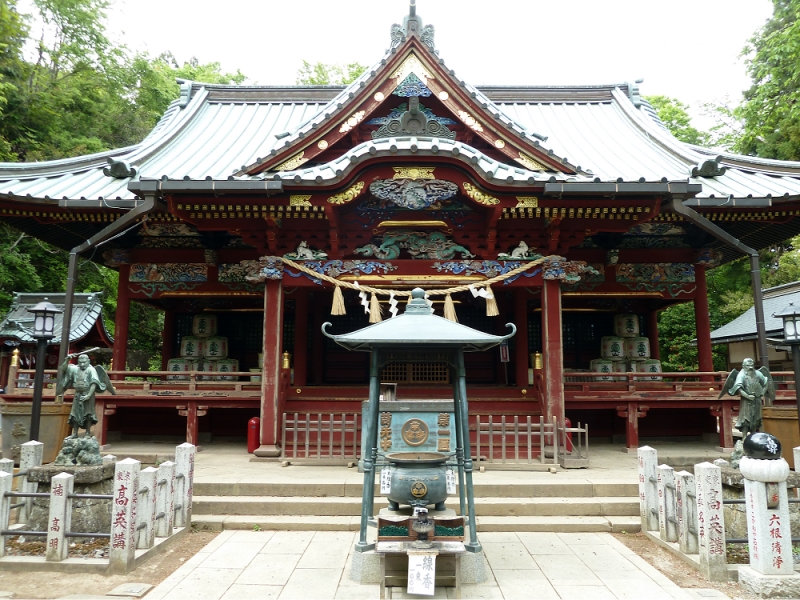
Image credit: Tobihino1977
Yakuoin Temple is situated along the trail nearing the summit of Mt Takao. Many visitors usually stop by to pray to Shinto-Buddhist mountain gods for good fortune. At this temple, you will be able to explore the main hall, main shrine, other smaller halls, and the teahouse which serves tea and sweets.
The Tengu statues that stand guard outside the temple is also well-known as mythical beings who live on sacred mountains and protect the good of mankind. The temple takes about 10-15 minutes walk from the summit.
Monkey Park

Image credit: Dick Thomas Johnson
Another notable attraction along Trail 1 is the monkey park. The park is home to about 60 Japanese monkeys that you can (try) to interact with. Inside the monkey park, there is also a wildflower garden.
Takao 599 Museum
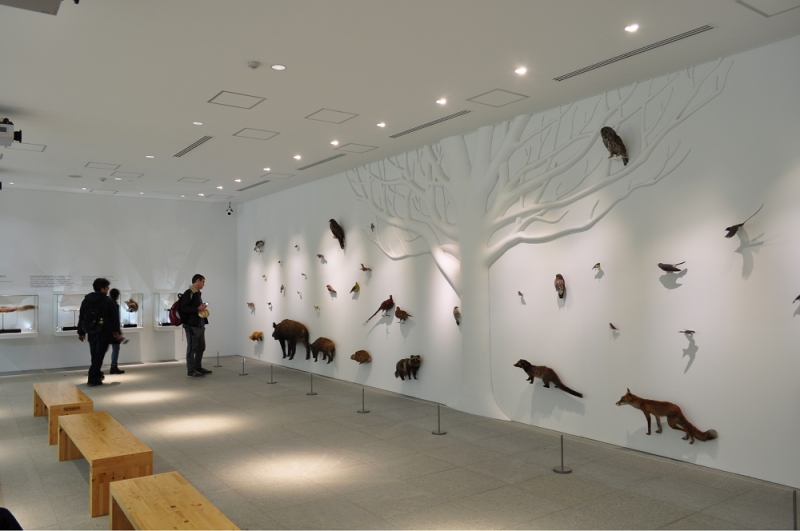
Image credit: 江戸村のとくぞう
Around the base of Mt Takao behind the railway station, the Takao 599 Museum is a nature museum about the ecology surrounding Mt Takao which is free for admission. This museum takes you deeper into learning more about Mt Takao, elaborating more about the natural resources and living inhabitants of the mountain.
The Takao 599 Museum is free for admission and is open throughout the year, with irregular closing days. So, do remember to call in to check prior to making the trip down if you’re keen on visiting.
Takaosan Onsen
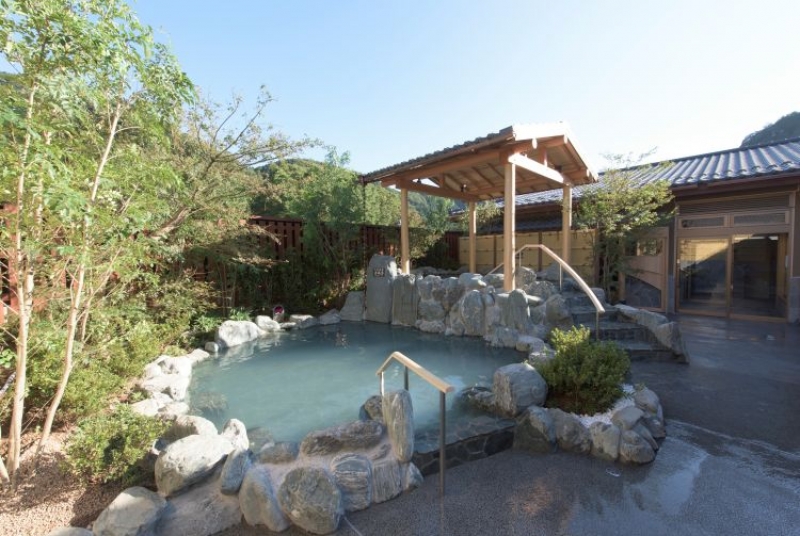
Image credit: Go Tokyo
What’s even better than soaking in a natural hot spring after a tiring hike, right? Located right beside the train station, the Takaosan Onsen offers outdoor baths where you can bask in the atmosphere of the mountainous site.
If you prefer a more private environment, they also offer a variety of gender-segregated baths. Besides the relaxing hot spring bath, you can also choose to dine at the Japanese restaurant, or go for a massage at the massage parlour on-site.
They open from 8am to 11pm daily, with the last entry at 10pm. Adults pay 1000 yen, and children pay 500 yen.
From the summit of Mt Takao
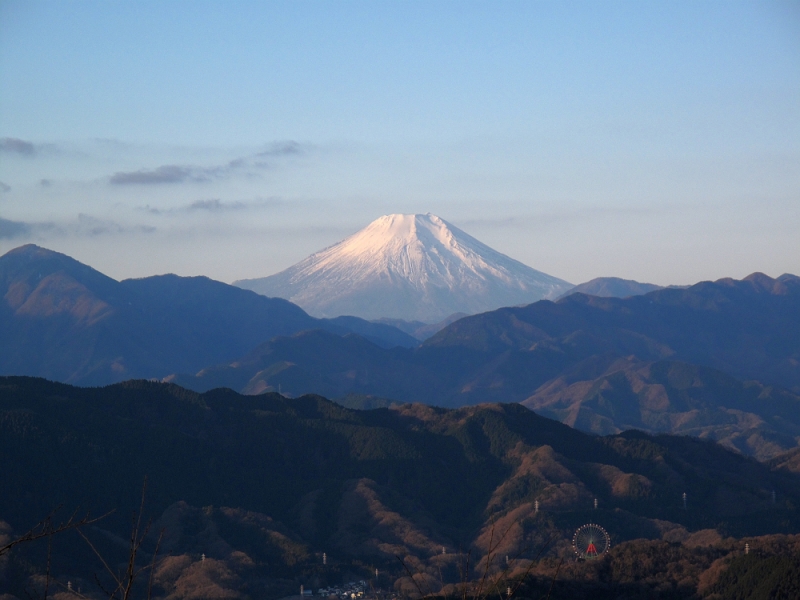
Image credit: Tobihino1977
And of course, do watch out for the beautiful Mt Fuji from the summit of Mt Takao on clear days! The iconic Japanese snowy crisp mountain view will truly take your breath away. If you visit Mt Takao during the winter solstice in December, you may also be able to catch the rare occurrence known as Diamond Fuji, which is when the sun sets directly on top of Mt Fuji, creating a perfect diamond.
How to get to Mt Takao:
Nearest station: Takaosanguchi Station, located at the foot of Mt Takao (via the Keio Railways, takes about 50 minutes and cost you 390 yen from the underground Keio Shinjuku station, trains come every 20 minutes)
3. Mount Mitake (Difficulty level: Intermediate)
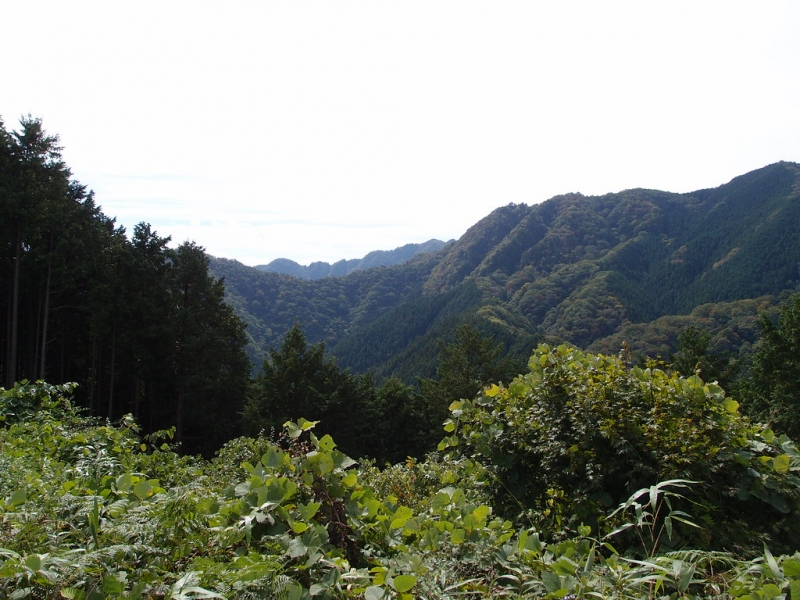
Image credit: Guilhem Vellut
For all nature lovers, Mt Mitake is for you. It is another popular hiking destination nearby Tokyo, located in the mountains of Chichibu-Tama-Kai National Park. Along the way, hikers can also stop to visit a variety of waterfalls, small shrines, and peaks.
This mountainous site definitely has an abundance of flora and fauna that you’d not want to miss out on catching a glimpse of!
Mitake Shrine
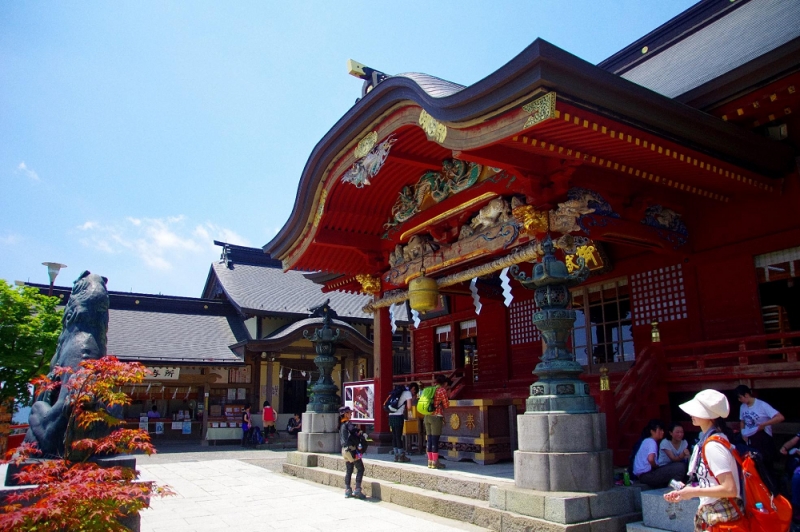
Image credit: Yuta Sakaguchi
It is believed that the Mitake Shrine has stood as the centre of mountain worship for almost the past 2000 years. There is also a cable car that you can take to go up, but if you decide to hike, it’s about a 60-minute journey from the valley to the Mitake Shrine.
Rock Garden
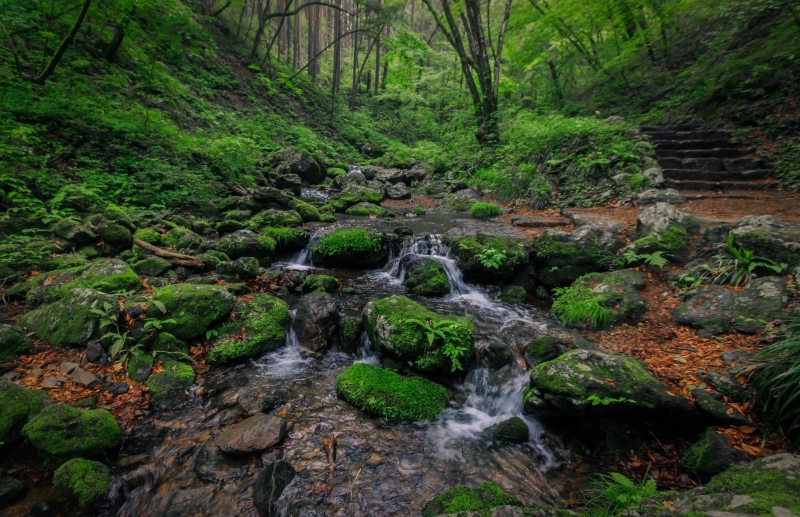
Image credit: Reginald Pentinio
From the Mitake Shrine, you can walk for another hour or so to reach the picturesque Rock Garden, which is covered with a stream, moss-carpeted rocks, and waterfalls.
Whether you hike up or use the cable car to get to the top, there’s plenty for you to discover. You can visit the shrine, or stop for some Japanese delicacies at one of the eateries in the little Mitake village. If you’d even like to extend your hike, you can follow the signs and walk through the forest path to Mt Hinode, which takes less than an hour from Mitake to Mt Hinode.
You’d also want to set aside a full day to hike at Mt Mitake. However, do note that the Visitor’s Centre is closed on Mondays.
How to get to Mt Mitake:
To get to Mt Mitake from Tokyo, you can take the JR Chuo Line to Ome, then transfer to the JR Ome Line. Thereafter, alight at Mitake Station. The journey from Tokyo to Mt Mitake will take about 2 hours from the city. If you’d like, from there, you can take a bus to Takimoto Cable car Station (takes about 10 minutes at 270 yen), then take the cable car (takes about 6 minutes and at 570 yen one way) to the midpoint of the mountain.
4. Mount Mitsumine (Difficulty level: Intermediate)
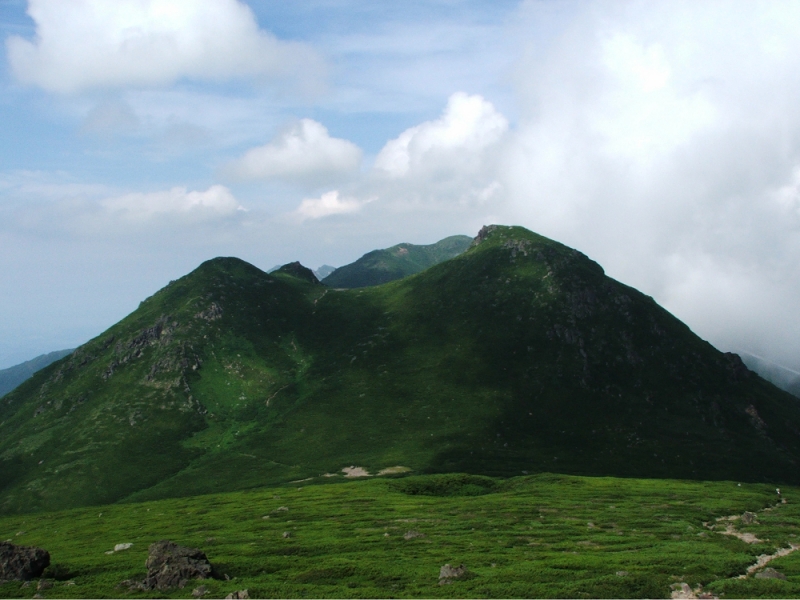
Image credit: Boccaccio1
Mt Mitsumine is situated at the Saitama side of the Chichibu-Tama-Kai Park, which means you get to embark on great hiking and enjoy remarkable lake views.
The hiking trail also includes a breathtaking view from suspension bridges, a 2000-year-old shrine, and many mountain huts for hikers and campers. The entire trail will take about 5 hours, including time taken to stop and admire scenic views.
However, there are not many places for you to dine in at this mountainous area, so do remember to pack your own food.
Mitsumine Shrine
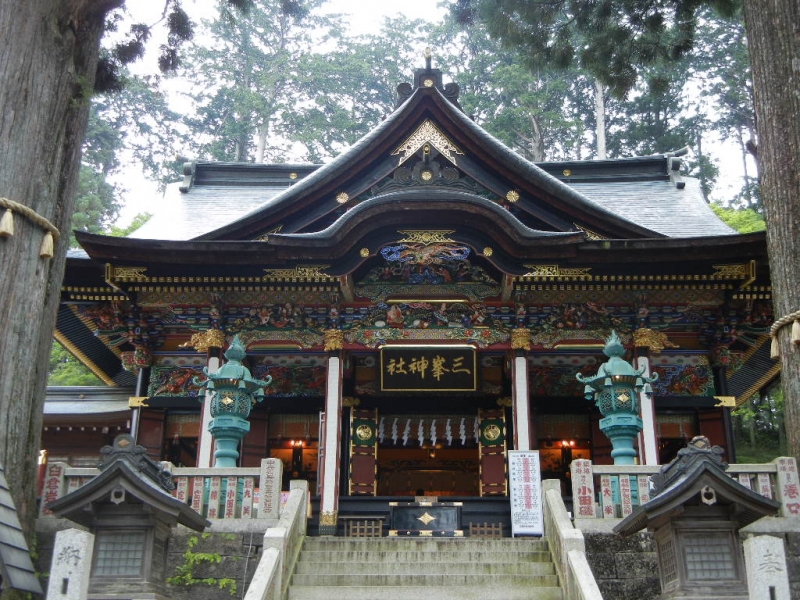
Image credit: NY066
The Mitsumine Shrine is a shrine at the summit of Mt Mitsumine, surrounded by a peaceful ambience. Up till today, it remains as a popular centre of mountain worship, where the shrine’s forested grounds are home to a variety of well-decorated buildings. It is well-known for its wolf kami, which is believed to provide protection from fire and theft.
The shrine can be comfortably reached by bus or car, but also is part of a hiking trail network that connects Mt Mitsumine with nearby peaks and valleys. During your hike, you can also look out for a small pavilion that overlooks the surrounding mountains and valleys.
How to get to Mt Mitsumine:
Nearest station: Mitsumine-Guchi Station
From there, you can take a bus to the Owa stop (takes about 10 minutes and cost you 310 yen for the ride, buses come every 1-2 hours)
5. Mt Kawanori (Difficulty level: Intermediate)
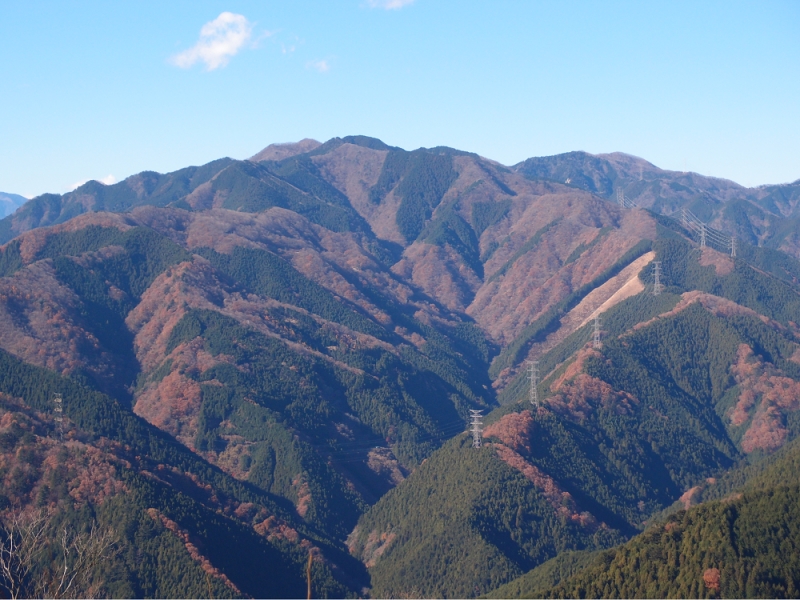
Image credit: Guilhem Vellut
The hike up Mt Kawanori can be done all year round, but do be prepared for a tougher hike during winter. The hike up can be risky at some parts, and the first rest stop can be reached after approximately 35 minutes.
The hiking trail starting from Kawanori Bridge is Mt Kawanori’s most popular trail. This hiking trail is most recommended during summer as it is lined along a valley and passes by Hyakuhiro Waterfall. Attempting this trail during summer is good as the waterfall helps to cool you down during the hot summer.
Hyakuhiro Waterfall
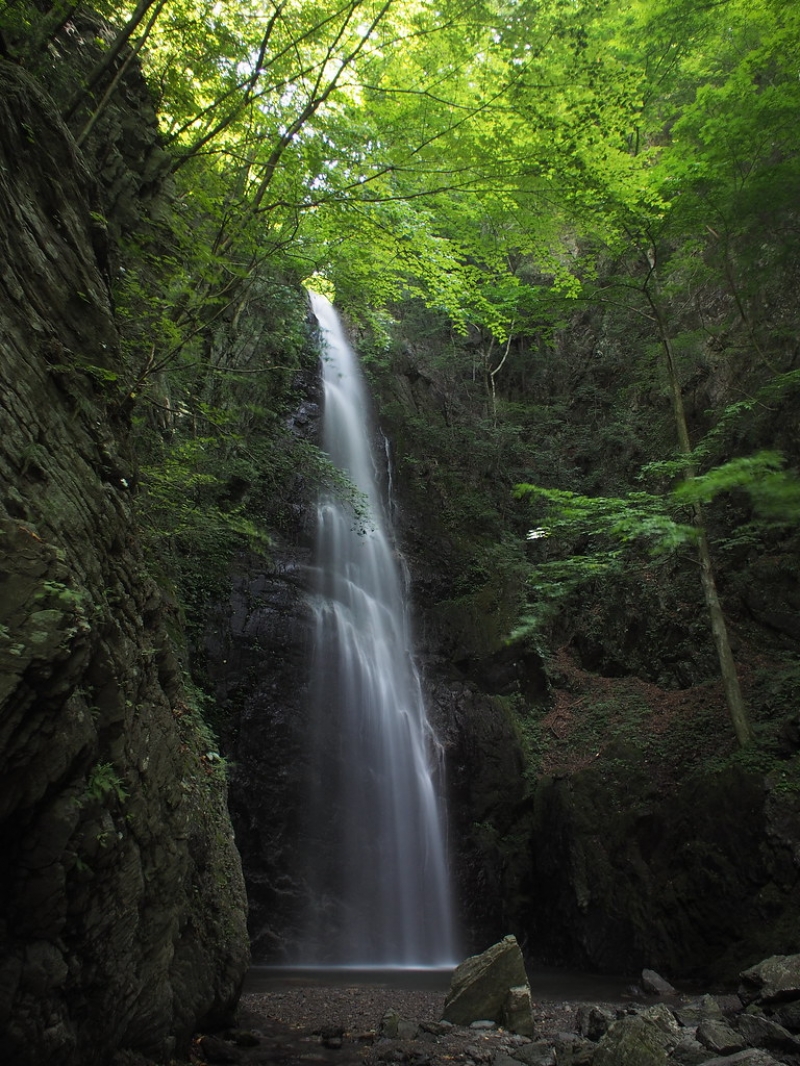
Image credit: prelude2000
The Hyakuhiro Waterfall is located in the deep side of Kawanori Valley, which is one of the highest waterfalls in the Okutama area. The name “Hyakuhiro” means 100 hiros, which is an old Japanese unit of measurement. However, while 1 Hiro = 1.8m, the waterfall only stands at 40m tall.
From the waterfall, it is about another 2 hours hike up to the summit, where you can finally rest or even spread out a picnic mat to bask in the calm surrounding nature. On your way up, there are some ropes attached for support. There is also a fork in the road will allow you to choose a tougher trail (straight ahead) or go ahead with a better-maintained trail (on your left) to reach the summit.
How to get to Mt Kawanori:
Nearest station: JR Okutama
From there, it’s another 15-minutes bus ride to the Kawanori-bashi bus stop (which is the beginning of the hiking trail).
6. Mount Kentoku (Difficulty level: High)
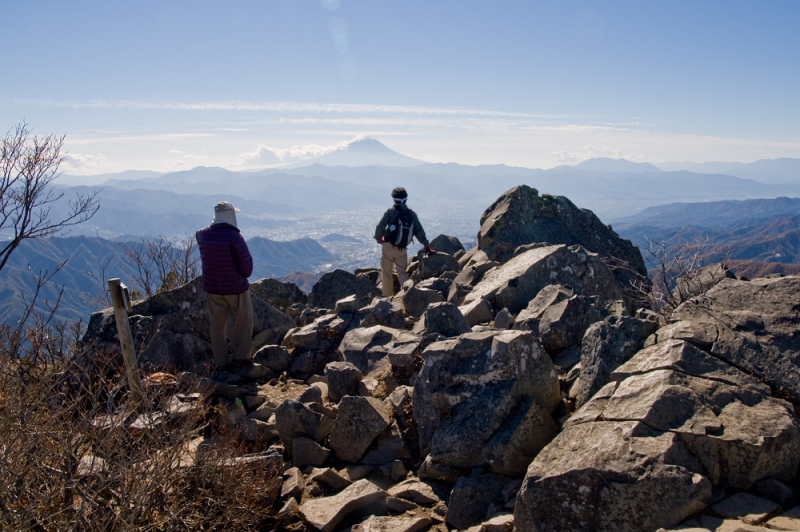
Image credit: Σ64
If you think you’re up for a challenge, then the hike up Mt Kentoku is for you. This is one of the best mountain challenges near Tokyo, and it is usually done as a day trip from Tokyo. If you’re looking for an overnight option, you can also consider staying overnight at the Kougen Hut plateau.
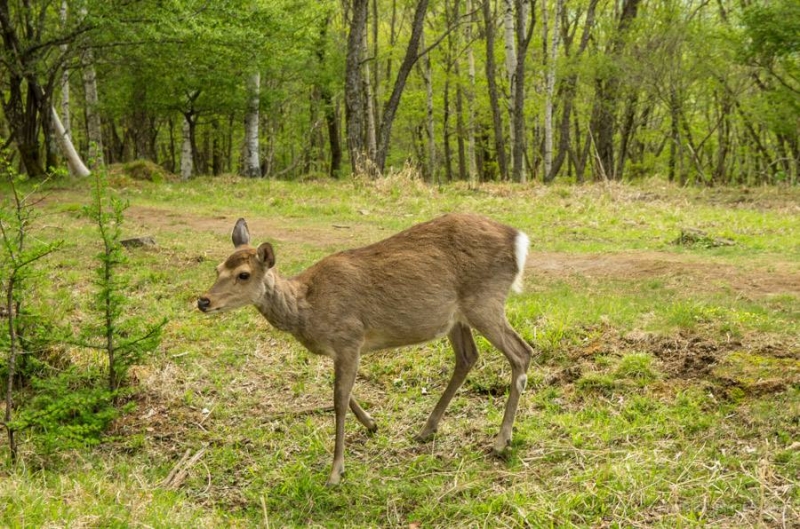
Image credit: Ridgeline Images
Located at Yamanashi Prefecture, this trail will also allow you to pass by the Kougen Hut. This hut is set on a plateau where you will also see many Sika deer milling about. This hut has a campsite and sleeping spaces inside, but it is free for stay and unsupervised.
From the hut, it takes slightly longer than 90 minutes to reach the summit of Mt Kentoku. You can then hike a steeper route down the other side of the mountain, or return back using the same route. If you’re adventurous enough, you can even use the sheer rock precipice which is tackled using a long chain.
How to get to Mt Kentoku:
Nearest station: JR Enzan
If you’re planning to complete this trail as a day trip, do hop on an early train, as it takes 2.5 hours to reach Enzan Station from Shinjuku by train.
From Enzan Station, you can either take the Nishizawa Gorge-bound bus, or take a taxi.
7. Mount Fuji (Difficulty level: High)
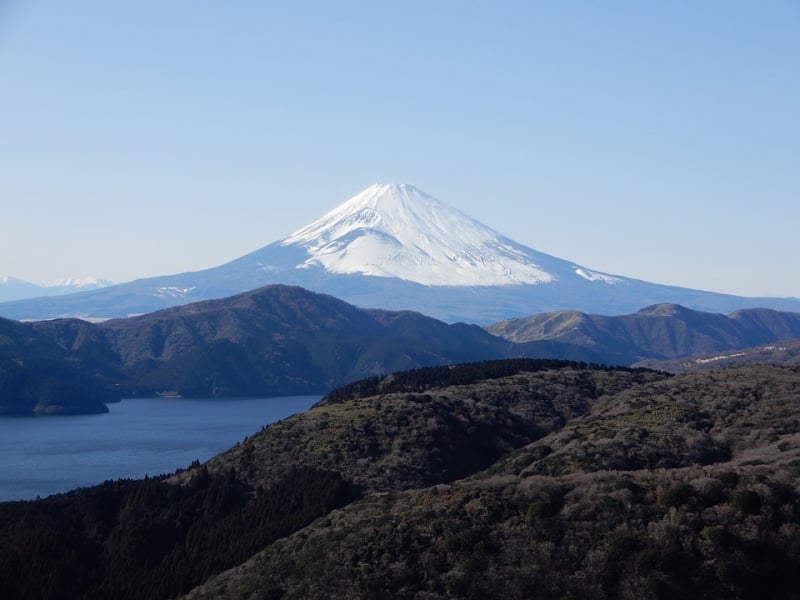
Image credit: Max Pixel
And of course, the iconic Japanese Mt Fuji, mustn’t be missed. Mt Fuji is Japan’s tallest and most well-known mountain to hike and is visited by hundreds of thousands annually. Many visit during the hiking season, which is in July and August, and outside of that timeframe, it is usually dangerous to hike up the mountain. However, despite it being one of the tougher mountains to climb, there are also shorter and casual hikes available that lead to Kofuji and Hoeizan.
Mt Fuji has 10 stations, where Station 1 is at the foot of the mountain, and Station 10 is at the summit. However, most people start climbing from the 5th Station at night, which is located at the midpoint of the mountain, to make it for the sunrise at the summit.
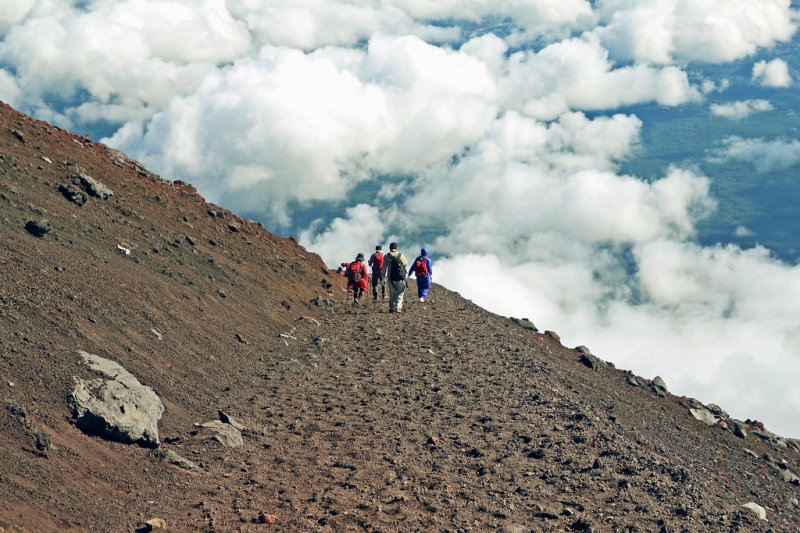
Image credit: Azlan DuPree
In July and August, the mountain is snow-free and mountain huts are open. This is also the best time to hike up Mt Fuji. You can forest bathe in bamboo groves, explore hidden valleys, traverse through secret valleys, and have a bird’s eye view of the city from the top of a volcano! You can truly experience the interconnectedness of nature and the Japanese culture at its best.
Snow Town Yeti
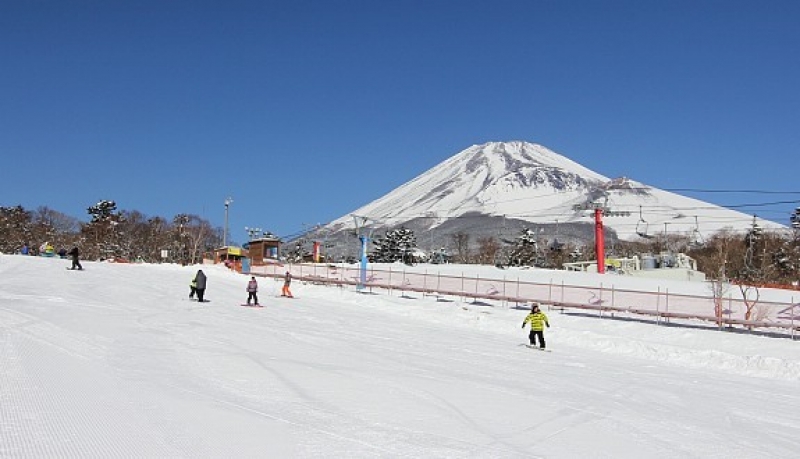
Image credit: japan-guide.com
If you’re looking for an interactive and fun day out with your family, you can also head to Snow Town Yeti. It is a ski resort located on the southern slope of Mt Fuji, and is one of the first snow resorts in Japan to open each season (around mid-October).
Besides their main runways, the resort also has a small terrain park and a separate snow play area for kids and beginner skiers. This place is perfect for those who are keen to ski and snowboard while enjoying the close-up view of Mt Fuji.
You can get here by bus or car, where buses depart from Gotemba Station, Mishima Station, or Fuji Station. Or else, you can rent cars from these stations to drive into the resort.
Fujiten Snow Resort
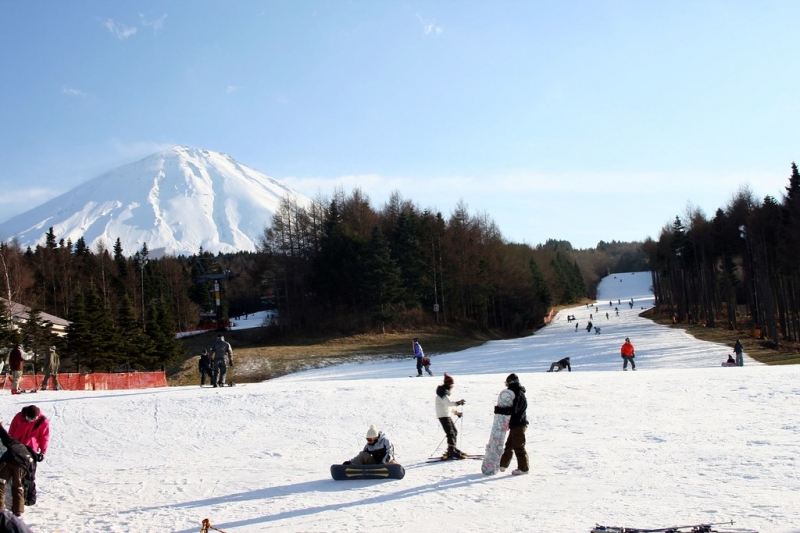
Image credit: Derek Springer
At the northern base of Mt Fuji, Fujiten Snow Resort is the larger of the two ski resorts on Mt Fuji and offers good facilities and charming views of the mountain. This resort has steeper and advanced courses with a terrain park with several large jumps, rails, and boxes for more advanced skiers and snowboarders.
For the younger ones, there is a large kids park where children can sled, play on the trampoline, or learn to ski in the snow. However, besides the general admission fee, some of these activities require rentals or separate fees.
You can take the shuttle bus which operates between Kawaguchiko Station and Fujiten once every 1-3 hours, or take a taxi ride in from Kawaguchiko Station.
Fujinomiya
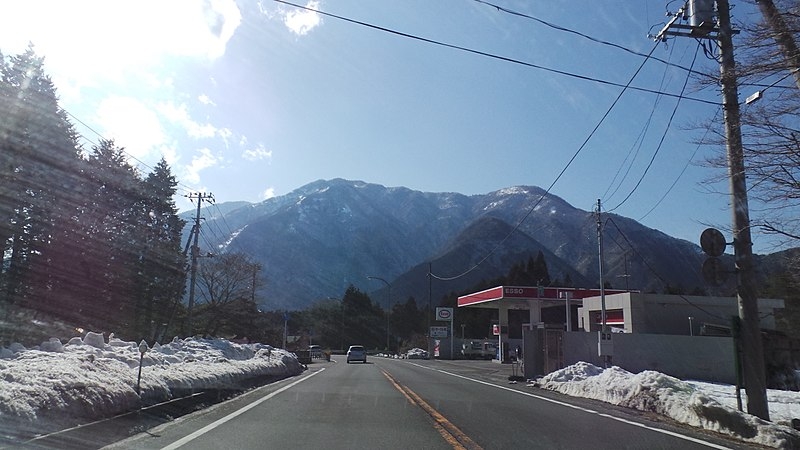
Image credit: 運転太郎
Fujinomiya is a city on the Southwestern slopes of Mt Fuji, also home to the Fujinomiya Sengen Shrine – the most prominent and important shrine in the region. Also, you can find the Shiraito Falls, which is one of Japan’s most beautiful waterfalls, in the outskirts of the city along the Fuji Five Lakes region.
Fuji Five Lakes Region
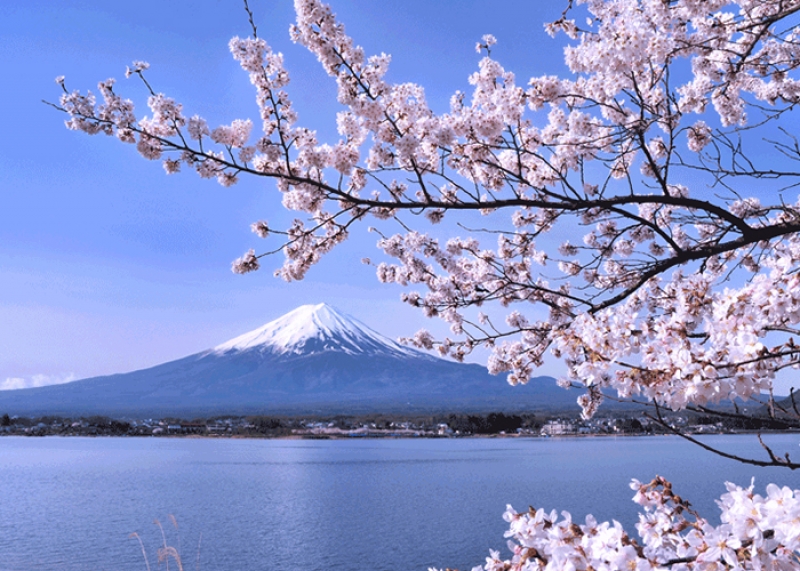
Image credit: Media-Presto
The Fuji Five Lakes Region lies at the Northern base of Mt Fuji, which is about 1000m above sea level and surrounds the lakes Motosuko, Shojiko, Yamanakako, Saiko, and Kawaguchiko. In fact, it is one of the best places to view Mt Fuji from.
Among all these lakes, Lake Kawaguchiko is the easiest to access and offers a range of things to see and do for the average tourist.
How to get to Mt Fuji (to the Gotemba Trail):
Nearest station: Gotemba Station
From Gotemba Station, take a bus to the Subashiri 5th Station, which is the entrance to Mt Fuji.
The bus is operated by Fujikyu to bring you to Gotemba, and a one-way bus journey takes about an hour long at the cost of 1.540 yen, while the round trips are 2.060 yen.
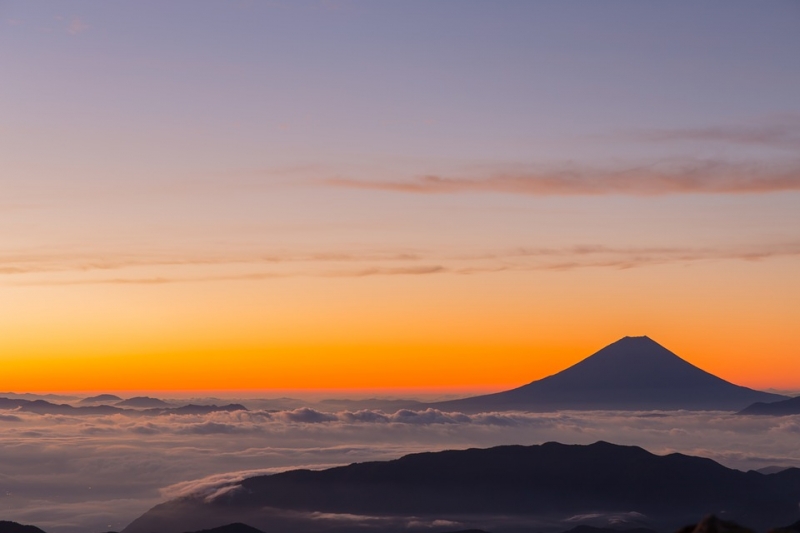
Image credit: AG2016
Whether you’re a hiking expert or an amateur, there is definitely a hiking trail for you near Tokyo. It’s time to pack up and embark on any of these breathtaking (quite literally, actually) hikes for a whole new experience of what The Land of the Rising Sun has to offer.




